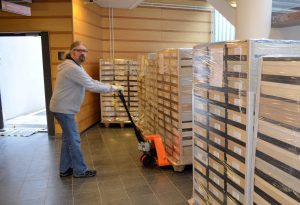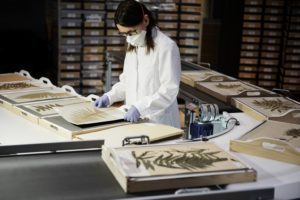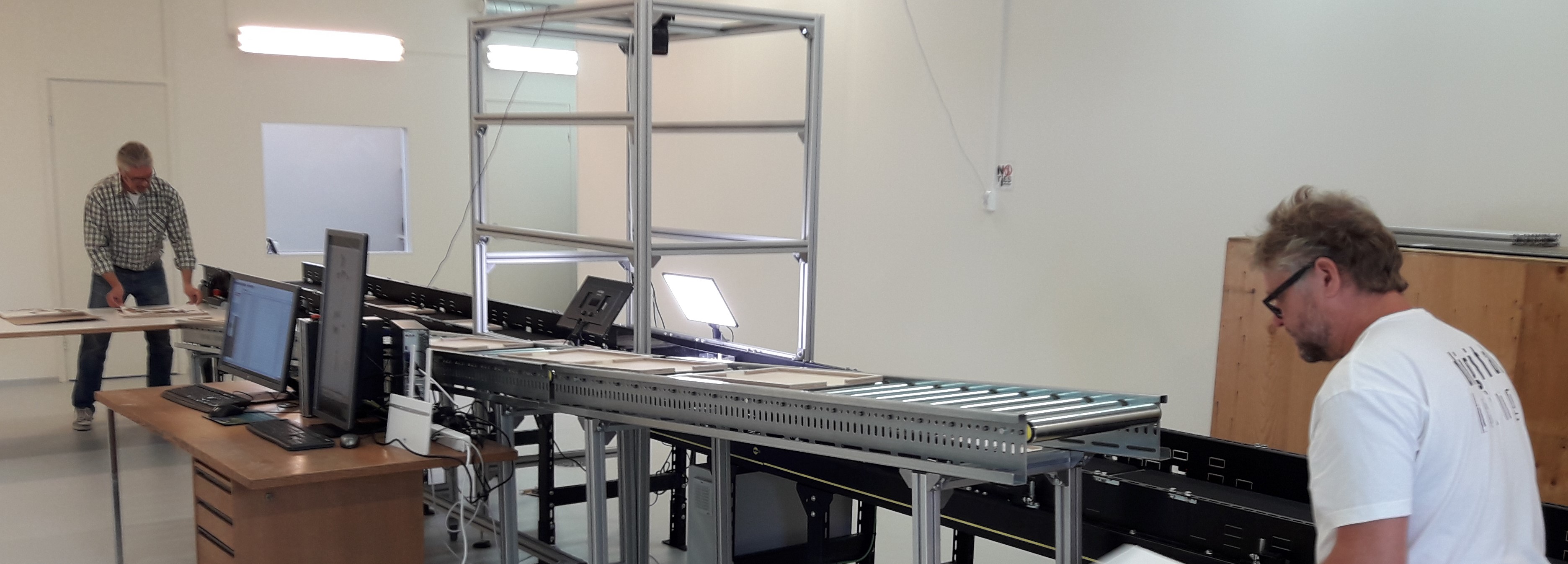We can digitize your collections at our facility in Joensuu
Modern mass-digitization is based on photographing all samples and their label data. This facilitates the automation of each of the steps in the process by employing in a distributed fashion the best available experts, methods, tools, and artificial intelligence.
We currently offer digitization for pinned insects and herbarium sheets. This covers over 80% of all objects in scientific collections.
Our service includes all the steps of 1) retrieving the collection, 2) tagging with unique identifiers, 3) imaging, and 4) essential metadata handling. Optionally, 5) full data transcription and 6) georeferencing are available. After 7) rigorous quality checks and quarantine, the collection will be 8) returned and data will be delivered to the Customer. See below for a more detailed description of the process.
This full service solution particularly fits for large collections in order to catch up with a large digitization backlog. Our capacity is up to one half million samples in a year.
Price per specimen is typically 0.7€ for imaging and 1€ for label transcription, however, depending on a number of factors.



